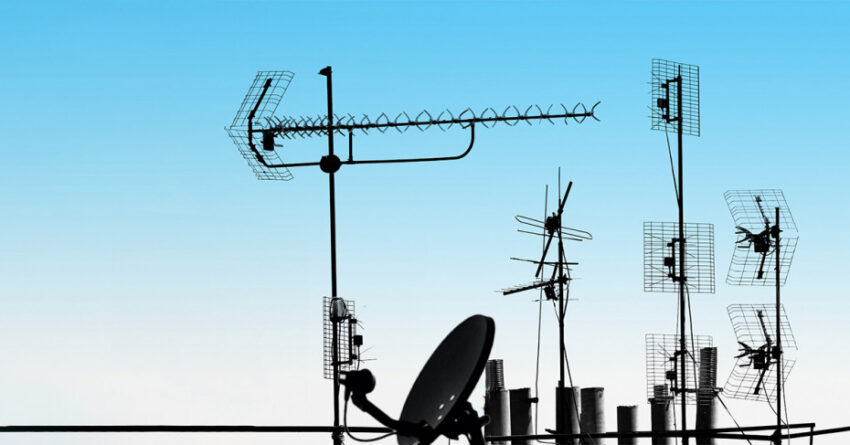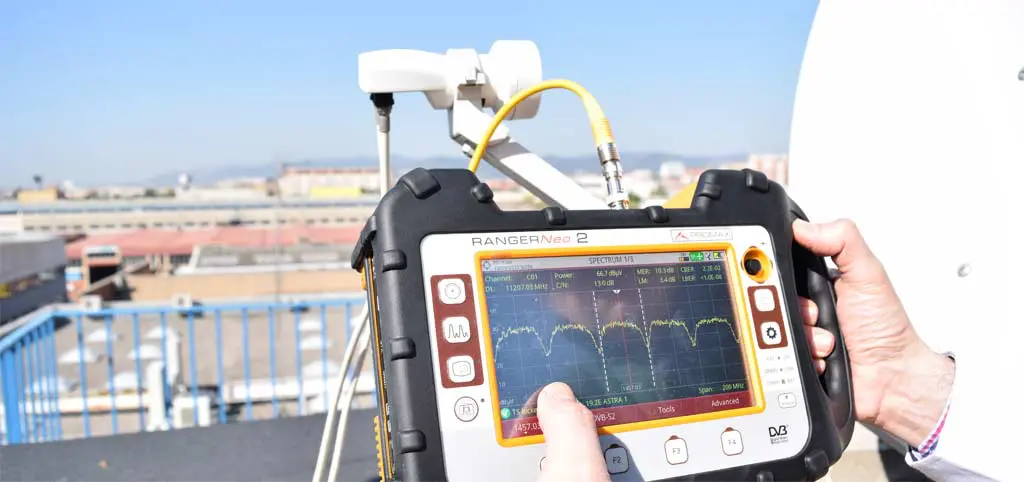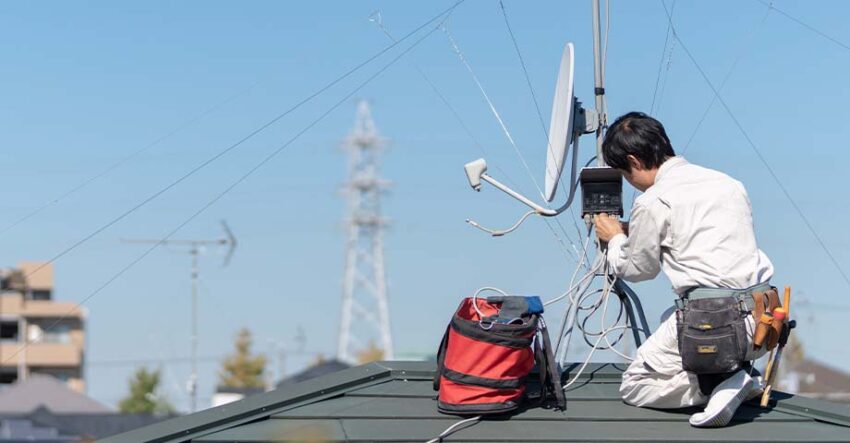In the modern home, reliable television reception is something many take for granted until the screen starts to pixelate or channels suddenly disappear. A clear signal ensures that families can enjoy news, entertainment, and sports without interruption, but when problems arise, they often point to an issue with the aerial system. From damaged cables to poor alignment, a wide range of faults can disrupt your viewing experience. Understanding when to seek expert help for TV aerial repairs can save both time and frustration.
Why TV Aerials Fail

Aerials are built to withstand outdoor conditions, but over time, exposure to the elements takes its toll. Wind, rain, and frost can loosen fixtures, corrode metal components, or misalign the aerial entirely. Even minor shifts can have a big impact on signal strength, particularly in areas with weaker transmission coverage.
Electrical interference is another common cause of poor reception. Devices such as Wi-Fi routers, LED lights, and even mobile networks can create signal disruptions that result in distorted or inconsistent picture quality. In some homes, internal cabling can also degrade, especially if connections are not properly sealed or protected against moisture.
The age of the aerial can also play a part. Many older systems were designed for analogue broadcasts and may not perform well with digital signals. Upgrading or repairing the aerial ensures that your equipment can handle modern transmission standards effectively.
The Benefits of Professional Diagnosis
When your TV signal fails, it can be tempting to climb onto the roof and attempt a quick fix. However, working at height and handling electrical equipment without the right tools or experience can be dangerous. Professional engineers use signal meters and spectrum analysers to identify the precise cause of the issue. This allows them to determine whether the problem lies in the aerial, amplifier, cable, or connectors.
A professional diagnosis also saves time and prevents unnecessary replacements. In many cases, a simple realignment or connector change can restore perfect signal quality without replacing the entire system. Technicians can also test for interference sources, ensuring the problem does not reoccur.
Common TV Aerial Repairs

Repair services cover a wide variety of issues depending on the type and condition of your setup. These often include replacing corroded coaxial cables, reattaching loose wall brackets, or realigning the aerial to the correct position. Damaged amplifiers or splitters are also frequent culprits that require replacement to restore consistent performance.
Sometimes, the issue lies not with the aerial but with the internal wiring or connections to the television. Faulty wall sockets, damaged fly leads, or poorly connected boosters can all contribute to weak or unstable signals. Professional repair ensures that each part of the system works harmoniously, from the rooftop to the television itself.
When to Upgrade Your Aerial
If your aerial is more than a decade old, upgrading may be more cost-effective than repeated minor repairs. Modern digital aerials are designed to handle the current Freeview signal format and offer better protection against interference. They also provide improved performance across a wider range of frequencies, ensuring a clearer and more reliable picture.
A qualified installer can recommend the most suitable aerial for your location and needs. In built-up areas, a smaller, compact aerial may suffice, while rural properties might require a higher-gain model to reach distant transmitters.
Why Local Expertise Matters
Local engineers understand the specific broadcast conditions in your area. They know the direction of nearby transmitters, common sources of interference, and the most effective aerial types for your property’s location. This local knowledge is invaluable in achieving the best possible signal quality.
Using a trusted local provider such as tv aerial repairs ensures that you receive prompt, professional service from engineers familiar with the area’s unique signal challenges. Local specialists can often provide same-day appointments and ongoing support should future issues arise.
Preventing Future Signal Problems
Once your aerial has been repaired, there are several steps you can take to maintain signal quality. Periodic inspections can identify early signs of wear before they become serious. Checking cables for fraying, tightening brackets, and ensuring that nearby trees or buildings do not obstruct the aerial’s line of sight are all simple but effective preventative measures.
It is also wise to avoid overloading your system with unnecessary splitters or amplifiers, as these can reduce overall signal quality. If you are extending your TV setup to multiple rooms, a professional can ensure that the distribution system is properly balanced.
The Value of a Reliable TV Signal

A reliable television signal is about more than just entertainment. It provides access to important news, educational programming, and public service information. For many households, television remains a vital connection to the world beyond their front door.
When signal problems strike, prompt and professional repair ensures minimal disruption. A well-maintained aerial system not only improves viewing quality but also adds value to your home by keeping your entertainment setup modern and efficient.
In the end, ensuring your aerial is in top condition offers peace of mind and the confidence that, whatever the weather or time of day, your television will deliver the clear, uninterrupted picture you expect.

